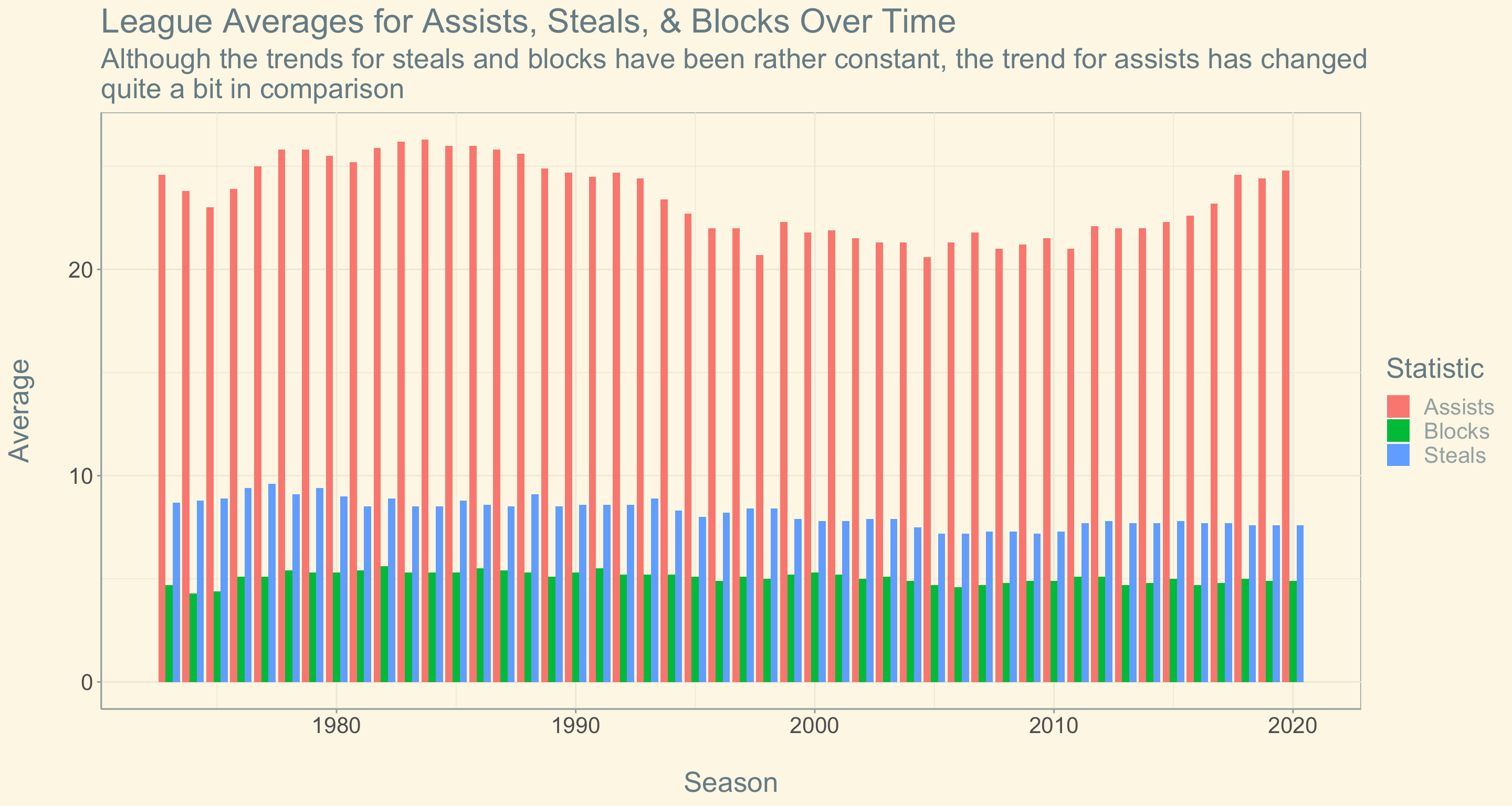Understanding Basketball Statistics Analyzing the Numbers Behind the Game
Basketball is a fast-paced and exciting sport that has captured the hearts of fans all over the world. From the NBA to college and high school leagues, basketball has become a global phenomenon with millions of people tuning in to watch games and rooting for their favorite teams. But beyond the thrill of watching players dribble, shoot, and dunk on the court, there is a whole other aspect of the game that often goes unnoticed – statistics.
In recent years, the use of statistics in basketball has grown significantly, with teams and coaches utilizing data to gain insights into player performance, make strategic decisions, and ultimately win games. In this article, we will dive deep into the world of basketball statistics and explore how they are used to understand and analyze the game. So let’s lace up our sneakers and hit the court as we take a closer look at the numbers behind basketball.
The Evolution of Basketball Statistics

Statistics have always been an integral part of sports, and basketball is no exception. However, the way statistics were collected and used in the early days of the sport was vastly different from how they are used today. In the early 1900s, when basketball was first invented, keeping track of player and team statistics was a manual and time-consuming process. Coaches and statisticians had to record and calculate everything by hand, leading to a high margin of error.
But as technology advanced, so did the methods of collecting and analyzing basketball statistics. In the 1970s, advancements in computer technology allowed for automated collection and analysis of player and team data, giving rise to the modern era of basketball statistics. And with the widespread use of analytics in sports, basketball statistics have become more detailed, sophisticated, and crucial than ever before.
The Importance of Basketball Statistics
So why do coaches and teams put so much emphasis on statistics in basketball? Simply put, because they provide valuable insights into player and team performance. By tracking and analyzing statistics, coaches can identify a player’s strengths and weaknesses, track their progress over time, and make decisions on how to improve their overall game.
Similarly, teams can use statistics to evaluate the effectiveness of their strategies and make adjustments as needed. Understanding and interpreting data can also give teams a competitive advantage, as they can identify patterns and tendencies in their opponents’ playstyle and adjust their own gameplay accordingly.
Moreover, basketball statistics are essential for player development and recruitment. In today’s highly competitive landscape, players are often evaluated based on their statistics, making it crucial for them to perform well on the court and have a solid statistical record.
The Different Types of Basketball Statistics

When it comes to basketball statistics, there are various types that are tracked and analyzed. Depending on the level of the game and the purpose of analysis, different statistics may hold more significance than others. Here are some of the most common types of basketball statistics used today:
Basic Statistics
Basic statistics, also known as traditional statistics, are the most fundamental type of basketball statistics. They include metrics such as points, rebounds, assists, steals, and blocks, which are usually tracked by official scorers during games. These statistics give a broad overview of a player’s performance and are commonly used to compare players or teams.
Some examples of basic statistics include:
- Points (PTS): The total number of points scored by a player or team.
- Rebounds (REB): The total number of rebounds grabbed by a player or team.
- Assists (AST): The total number of passes leading to a made basket by a player or team.
- Steals (STL): The total number of possessions gained by a player or team through a steal.
- Blocks (BLK): The total number of shots blocked by a player or team.
While basic statistics may not provide a comprehensive analysis of player performance, they are still valuable in understanding the overall impact of a player on the game.
Advanced Statistics
As the name suggests, advanced statistics go beyond the basic metrics and provide a more in-depth analysis of player and team performance. These statistics are often used by coaches, analysts, and statisticians to gain a deeper understanding of the game and make strategic decisions.
Some examples of advanced statistics include:
- Player Efficiency Rating (PER): A single-number metric that measures a player’s overall contribution to their team.
- True Shooting Percentage (TS%): A measure of shooting efficiency that takes into account three-pointers and free throws.
- Usage Rate (USG%): The percentage of plays that end with a specific player while they are on the court.
- Defensive Rating (DRTG): A measure of how many points a player or team allows per 100 possessions.
- Offensive Rating (ORTG): A measure of how many points a player or team scores per 100 possessions.
Advanced statistics are constantly evolving and being developed, with new metrics being introduced every year. They provide a more nuanced and comprehensive understanding of player and team performance, making them a valuable tool for coaches and analysts.
Shot Charts
Shot charts are visual representations of where a player or team takes their shots on the court. They are used to analyze shot selection, efficiency, and scoring patterns, providing insights into a player’s shooting tendencies and strengths.
Shot charts are typically divided into different zones on the court, such as mid-range, three-point, and paint areas. This allows for a detailed analysis of a player’s shooting accuracy from different spots on the court.
Plus-Minus Statistics
Plus-minus statistics track the difference in score while a particular player is on the court. It is calculated by subtracting the number of points allowed by a player or team while they are on the court from the number of points scored. Plus-minus is often used to determine a player’s impact on the game and their team’s success.
How Are Basketball Statistics Collected?

With the advancements in technology, the process of collecting basketball statistics has become more accurate, efficient, and automated. Here are some of the methods used to collect data in basketball:
- Video Analysis: This method involves recording games and using specialized software to track player movements, shots, and other actions on the court.
- Wearable Technology: Players can wear devices that track their movements, such as accelerometers and gyroscopes, providing data on speed, distance traveled, and other metrics.
- Optical Tracking Systems: These systems use multiple cameras placed around the court to capture player movements and actions, providing highly detailed data.
- Official Scorers: In professional leagues like the NBA, official scorers record basic statistics during games, which are later used for analysis.
While there may be some discrepancies in the data collected through these methods, they all contribute to a comprehensive understanding of basketball statistics.
The Role of Analytics in Basketball
Analytics, or the use of data and statistical analysis to gain insights, has become an integral part of basketball. Teams and coaches rely heavily on analytics to make informed decisions and improve their performance on the court. Let’s take a closer look at how analytics is used in different aspects of the game.
Player Evaluation and Recruitment
In today’s competitive landscape, teams are constantly looking for ways to improve their rosters. Analytics plays a significant role in evaluating players’ potential and making informed recruitment decisions. By analyzing data from previous games and tracking various metrics, teams can identify players who would fit well into their team’s system and bring value to their roster.
Moreover, analytics can also help in identifying areas where a player needs improvement, allowing teams to recruit players who can fill specific roles and address their weaknesses.
Game Strategy and Decision Making
Basketball is a game of strategy, and analytics can provide valuable insights into developing effective strategies and making decisions during games. By analyzing data from previous games, coaches can identify their team’s strengths and weaknesses and adjust their gameplay accordingly.
Analytics can also help in understanding an opponent’s playstyle, making it easier to predict their moves and develop a counter-strategy. During games, coaches can also use real-time data and statistics to make in-game adjustments and substitutions based on player performance.
Injury Prevention and Player Health
Injuries are a part of any sport, and basketball is no exception. However, with the help of analytics, teams can track players’ movements and workload to prevent injuries and maintain their overall health. Wearable technology, such as fitness trackers, can provide data on players’ heart rate, sleep patterns, and other vital metrics, allowing teams to manage their players’ workload and prevent overexertion.
Fan Engagement and Experience
Analytics not only benefits teams and coaches, but it also enhances the fan experience. With the rise of fantasy sports and sports betting, fans are increasingly interested in statistics and data, and teams are finding ways to engage them through analytics. Real-time data and interactive visuals, such as shot charts, allow fans to track player and team performance while watching games, making it a more immersive experience.
Challenges and Criticisms of Basketball Statistics

While analytics has become an essential tool in the world of basketball, it is not without its challenges and criticisms. The use of data and statistics in sports has raised concerns about the “dehumanization” of the game, with some arguing that it takes away from the beauty and artistry of sports.
Moreover, there have been instances where teams have relied too heavily on statistics and made decisions without considering other factors, leading to unfavorable outcomes. Additionally, there is also the issue of data reliability and accuracy, with some critics questioning the validity of certain metrics.
Furthermore, there is a growing debate about the use of analytics in player recruitment and evaluation, with some arguing that it may lead to unfair treatment of players who do not fit into the “ideal” statistical profile.
Despite these challenges and criticisms, it is clear that basketball statistics will continue to play a crucial role in the sport’s future, with teams and analysts finding ways to improve their relevance and accuracy.
The Future of Basketball Statistics
As technology continues to advance, so will the methods of collecting and analyzing basketball statistics. We can expect to see even more sophisticated metrics being developed, providing deeper insights into player and team performance. With the rise of artificial intelligence and machine learning, data analysis is also expected to become more efficient and accurate, making it an indispensable tool for coaches and teams.
Moreover, the use of analytics in fan engagement is also likely to grow, as teams look for innovative ways to connect with their fans and enhance their experience. This could include personalized data and statistics for individual fans, interactive visuals, and more.
Conclusion
In conclusion, it is evident that basketball statistics have come a long way from the early days of manual tracking and calculation. They have become a vital aspect of understanding and analyzing the game, playing a significant role in decision making, player development, and fan engagement. As technology continues to advance, we can expect to see even more detailed and accurate ways of collecting and analyzing data, making basketball statistics an essential tool in the sport’s future. So the next time you watch a game, don’t forget to keep an eye on the numbers behind the players’ moves on the court – they might just give you a whole new perspective on the game.














Post Comment